 My first impression of Len Corzine was that he isn’t the kind of guy who sits back and waits for people to bring him ideas on how to innovate or improve stewardship – he actively searches for them himself. He then shares these ideas with peers and colleagues.
My first impression of Len Corzine was that he isn’t the kind of guy who sits back and waits for people to bring him ideas on how to innovate or improve stewardship – he actively searches for them himself. He then shares these ideas with peers and colleagues.
When I visited Len’s farm in Assumption, Illinois, five years ago, I immediately saw that Len was an early adopter of tools and technologies to help him grow more with less. Like a kid with a brand new bike, Len could not wait to show me the computer software he was using for soil samples and variable rate application of nutrients, or the maps that helped guide his every decision.
To date, Len’s farm has reduced soil erosion, cut fertilizer use per bushel by half, and adopted satellite-guidance technology in its tractors to reduce fuel and chemical use. All while yield productivity has increased 80 percent. Read More












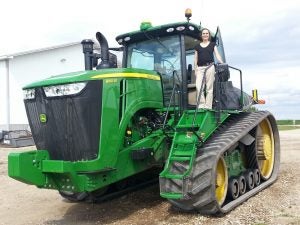
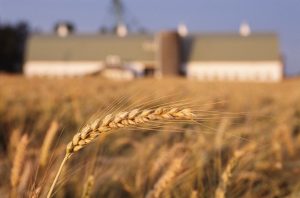 Whether in agriculture or any other business, if you don’t have enough money coming in to pay the bills, it’s hard to find the time or resources for anything other than working to turn a red budget spreadsheet black.
Whether in agriculture or any other business, if you don’t have enough money coming in to pay the bills, it’s hard to find the time or resources for anything other than working to turn a red budget spreadsheet black. Farmers have a host of competing priorities clamoring for their time, energy and money. Fortunately, they often have trusted advisers to help them make good decisions for their operations – including about conservation practices on the farm.
Farmers have a host of competing priorities clamoring for their time, energy and money. Fortunately, they often have trusted advisers to help them make good decisions for their operations – including about conservation practices on the farm. The U.S. Senate will confirm the Secretary of Agriculture today, empowering former Georgia Governor Sonny Perdue to lead an agency with a $155 billion budget, some 100,000 employees and ultimate responsibility for our nation’s food security.
The U.S. Senate will confirm the Secretary of Agriculture today, empowering former Georgia Governor Sonny Perdue to lead an agency with a $155 billion budget, some 100,000 employees and ultimate responsibility for our nation’s food security.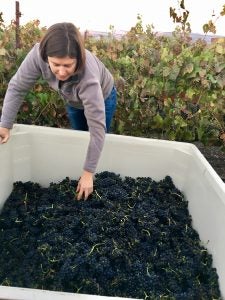
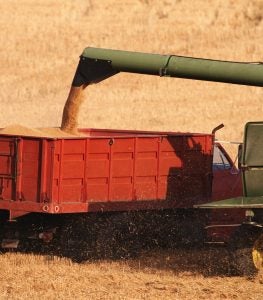
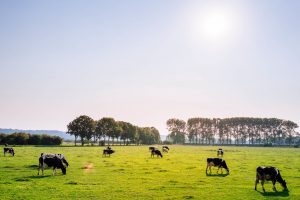 The White House Council on Environmental Quality (CEQ) recently released an intriguing report on how the United States can transition to a low-carbon economy by 2050 while continuing economic growth. The report gives a starring role in this job to agricultural lands.
The White House Council on Environmental Quality (CEQ) recently released an intriguing report on how the United States can transition to a low-carbon economy by 2050 while continuing economic growth. The report gives a starring role in this job to agricultural lands.